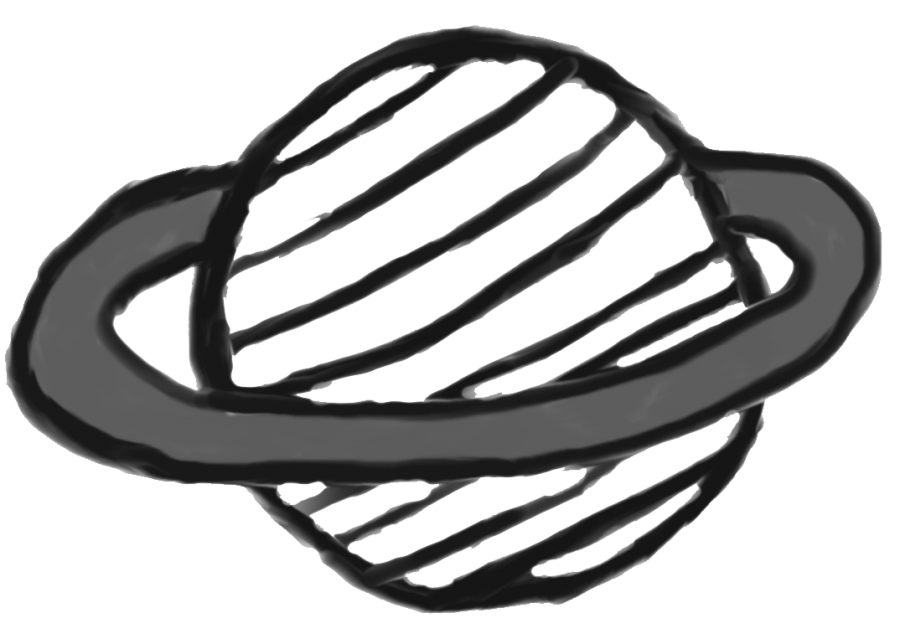Global warming has become an important topic in the last ten years and there is much discussion as to how to reduce global warming, much of it focused on the auto industry.
Automakers have made hybrids to help the “going green” trend. There has been debate as to whether they are worth the price. However, these “green” cars have been made to help with the problem of global warming. Although hybrids are more expensive than regular vehicles, they switch between electricity and gas and create less pollution. The hybrid also reduces the dependency on fossil fuels. This also helps people save money since they have to buy less gas. Automakers have also made hydrogen powered cars. Hydrogen energy is a used as fuel for automobiles, as well as a source of energy for heating buildings and generating electricity. Hydrogen cars are the most clean out of all the gas alternatives and help greatly in “going green.” These cars have advantages and benefit the environment by providing a clean, low pollution type of energy; greatly decreasing the amount of emissions; and improving air quality in metropolitan cities. Not only are automakers trying to “go green,” but airlines as well.
Airlines, such as the Continental Airlines, have been “going green” by converting from traditional fuel to biofuel. This way, they can cut fuel costs and reduce carbon emissions to the atmosphere. Technology companies, such as Samsung, are “going green” as well. They came out with a line of LED-backlit TVs, the series 6000, 7000, and 8000 models, which use 40 percent less energy than typical fluorescent-backlit LCDs.
Laptop computers are coming out being more eco-friendly. Laptops are getting more efficient, smaller, and safer for the planet. Packaging requirements are also reduced, saving materials, and energy.
U.S. industries are increasing the amount of alternative energy they use, due to the technology advances. Some alternative sources of energy are wind energy and solar energy.
Wind energy is converted to electricity using blade and turbine systems. Potato chip and snack-food maker Kettle Foods has installed 18 wind turbines. The turbines are expected to generate approximately 28,000 kilowatt-hours of power each year — enough to produce 56,000 bags of potato chips. Wind energy is converted to electricity using blade and turbine systems. Solar energy reduces both air pollution and CO2 emissions. Snack-maker company Frito-Lay uses solar panels to provide energy to bake an estimated 145,000 bags of chips per day.
More companies are continuing to adopt green technologies and using their part in “going green” to help save the planet.
Categories:
Following the “Green Trend”
By Suzanne Cho
•
June 1, 2009
Story continues below advertisement
0




